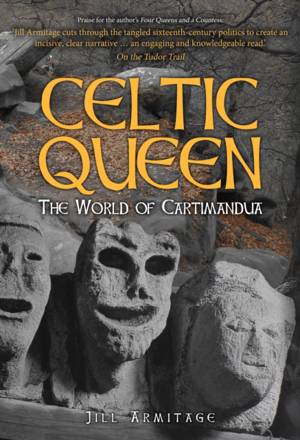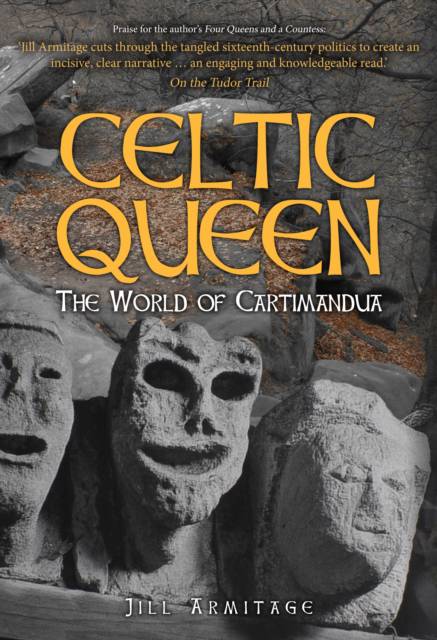
- Afhalen na 1 uur in een winkel met voorraad
- Gratis thuislevering in België vanaf € 30
- Ruim aanbod met 7 miljoen producten
- Afhalen na 1 uur in een winkel met voorraad
- Gratis thuislevering in België vanaf € 30
- Ruim aanbod met 7 miljoen producten
Zoeken
Omschrijving
The British queens Cartimandua and Boudicea were two Celtic noblewomen, recorded by classical writers as part of a tradition of women who showed particular courage, ambition, and political skill, and who were just as formidable in war as their husbands. They took on the status of Celtic Goddesses and were central players in the struggle against the Roman annexation of Britain. Boudicea led the rebellion against the Romans, but her reputation may be largely symbolic: to Britons and Romans alike, she came to represent matronly honor and heroic resistance, fighting on behalf of her defiled daughters. But using historical and archaeological evidence, this book uncovers the much weightier story of the Celtic Queen Cartimandua, the independent ruler of the powerful Brigante tribe whose territory was the single largest Celtic kingdom in Britain. Cartimandua's leadership in battle and political influence were probably much greater than Boudiceas, yet her life has since been written out of history. Unlike Boudica, wife of King Prasutagus of the Iceni tribe, Cartimandua was the regent of the Brigante tribe in her own right. Her tribe prospered in the new Imperial world and she held her position as queen until AD69. But she was seen as a shameless adulteress after an open affair with her husband's arms-bearer. Such sexual liberation was normal for powerful Celtic women but it scandalized Roman society. With many references to popular Celtic culture, their gods, beliefs, art and symbolism, as well as living conditions and the hillforts that would have been Cartimandua's headquarters, this book offers an insight into the life of this fascinating woman and the Celtic/Romano world in which she lived.
Specificaties
Betrokkenen
- Auteur(s):
- Uitgeverij:
Inhoud
- Aantal bladzijden:
- 320
- Taal:
- Engels
Eigenschappen
- Productcode (EAN):
- 9781445684154
- Verschijningsdatum:
- 1/04/2020
- Uitvoering:
- Hardcover
- Formaat:
- Genaaid
- Afmetingen:
- 155 mm x 236 mm
- Gewicht:
- 566 g

Alleen bij Standaard Boekhandel
+ 55 punten op je klantenkaart van Standaard Boekhandel
Beoordelingen
We publiceren alleen reviews die voldoen aan de voorwaarden voor reviews. Bekijk onze voorwaarden voor reviews.








